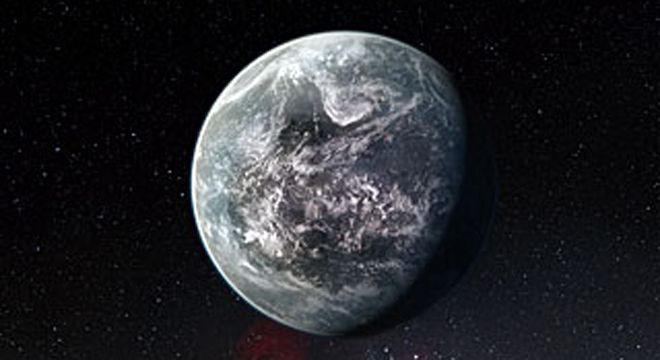European astronomers on Monday announced the discovery of 50 new exoplanets (planets outside the solar system), including 16 so-called “super Earths,” planets with a mass higher than Earth’s but lower than that of our solar system’s gas giants. Five of these are rocky, as opposed to gassy.
One of these planets, 36 light years away, holds the possibility of being watery, thought to be a necessary precondition for life.
“If we are really, really lucky, this planet could be a habitat” for life, said Lisa Kaltenegger of the Max Planck Institute for Astronomy in Heidelberg, Germany, according to The Washington Post.
The discoveries were made by the European Southern Observatory’s High Accuracy Radial Velocity Planet Searcher (HARPS) , located at the La Silla telescope near Santiago de Chile, which discovered the first exoplanet with the potential for liquid water in 2007.
Launched in 2003, HARPS has to date observed more than 376 Sun-like stars and discovered more than 150 exoplanets, but Monday’s announcement takes the cake in terms of the sheer number of new planets discovered at one time, and concerning potential habitable ones.
“The harvest of discoveries from HARPS has exceeded all expectations and includes an exceptionally rich population of super-Earths and Neptune-type planets hosted by stars very similar to our Sun. And even better — the new results show that the pace of discovery is accelerating,” said HARPS team leader Michel Mayor of the University of Geneva, Switzerland, in a release.
The newly discovered super Earth, the unflatteringly named HD 85512 b, is “estimated to be only 3.6 times the mass of the Earth,” according to ESO and “is located at the edge of the habitable zone — a narrow zone around a star in which water may be present in liquid form if conditions are right,” a.k.a. the “Goldilocks zone.”
Those conditions include tremendous cloud cover, as the planet is virtually “standing next to a bonfire,” being so close to the edge of the habitable zone of its star, The Post reports.
We’ll be able to find out relatively soon if the planet does have the atmosphere necessary for liquid water. Although no current telescopes are up to the task of getting an image of the planet, the planned European Extremely Large Telescope, slated to begin construction next year in Chile, will be “technically capable of finding life around the nearest stars,” ESO astronomer Markus Kissler-Patig told The Post.
In 2007, European astronomers using measurements taken by NASA’s Spitzer Space Telescope discovered another planet with water vapor 64 light years away.









